The Three Stages of Labor: What New Moms Need to Know
All About SurrogacyFor some mothers, giving birth is over in hours. For others, it’s a real physical and emotional endurance test.
The process of labor and delivery consists of three stages.
Stage one: Contractions begin to help to thin and open your cervix
Stage two: The birth
Stage three: The delivery of your placenta
So, here’s what to expect during the three stages of labor and birth and what you can do to promote comfort.
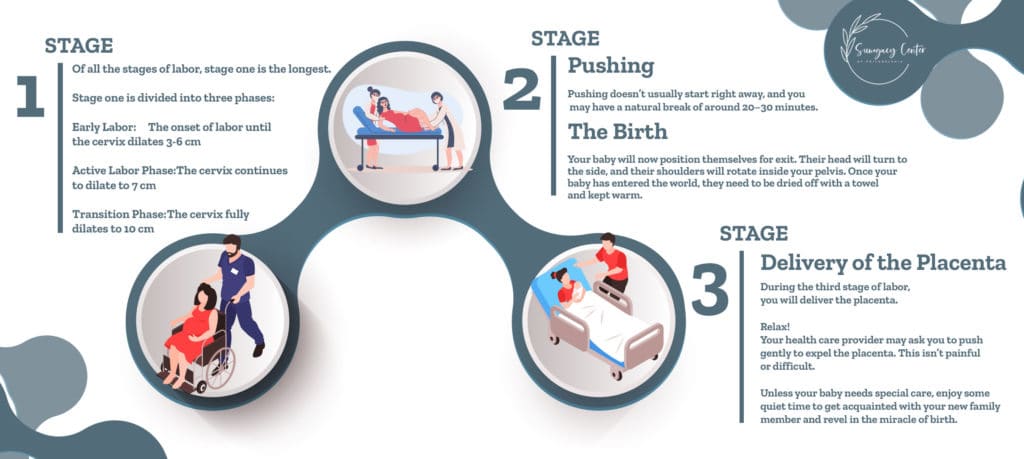
Stage One
Of all the stages of labor, stage one is the longest.
Stage one is divided into three phases:
Early Labor: The onset of labor until the cervix dilates 3-6 cm
Active Labor Phase: The cervix continues to dilate to 7 cm
Transition Phase: The cervix fully dilates to 10 cm
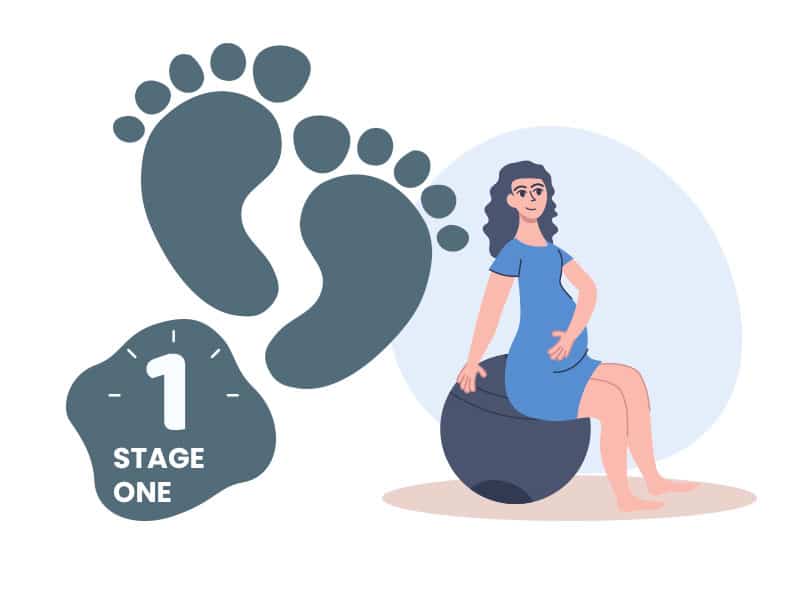
Early Labor Phase
What to expect
You’ll know you’ve hit the first stages of labor when you start to feel mild, irregular contractions. The contractions will last around 30-45 seconds, every 20-25 minutes. Eventually, they’ll arrive every 4-5 minutes and last 40-60 seconds.
You may feel some pain; however, your contractions should be mild enough to talk through them.
What do contractions feel like? Contractions may feel like an ache in your lower back, menstrual cramps, and pressure or tightening in the pelvic area.
Physical Changes
our water might break, and you could notice a mucousy vaginal discharge, possibly tinged with blood.
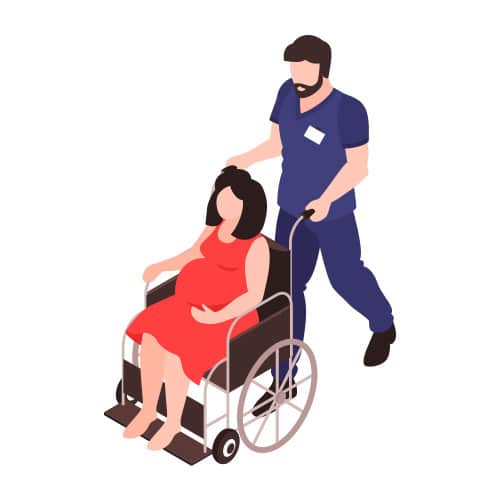
How long it lasts

Generally about 8-12 hours, but it may last days for first-time moms.
What to do
Try to relax. You don’t need to rush to the hospital or birth center.
Drink plenty of water, eat small snacks, and empty your bladder often, even if you don’t feel the urge.
Coping Tips
✔Take a shower or bath
✔Go for a walk
✔Listen to relaxing music
✔Try the breathing or relaxation techniques taught in childbirth class
✔Change positions
Active Labor Phase
This is when things really get rolling.
What to expect
Your contractions will gain in intensity and frequency. They will eventually occur every 2 ½ to 3 minutes, lasting 45–75 seconds, and will be moderate to strong.
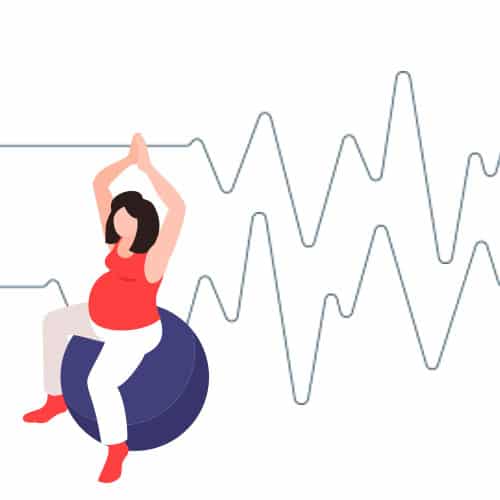
Physical Changes
Labor symptoms could include nausea, pressure in your back, and cramping in your legs. Also, your water will break now if it hasn’t already.
Ask for pain medication, anesthesia, or an epidural now if you want it.
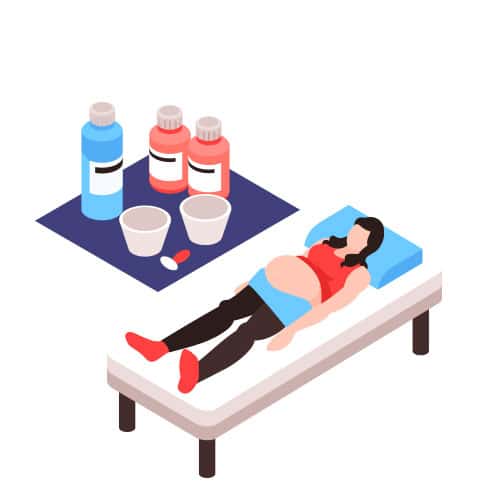
How long it lasts

Around 5 to 8 hours. Possibly longer if you have an epidural or are having a big baby.
What to do
If you haven’t already, head to your labor and delivery facility. Look to your birth partner, doula (labor coach), or health care provider for support.
Coping Tips
✔Change positions
✔Lie on your left side or sit in a rocking chair
✔Roll on a giant rubber or birthing ball
✔Take a warm shower; only take a bath if your water hasn’t broken
✔Go for a walk
Transition Phase
The last part of active labor signifies the shift to the second stage of labor.
What to expect
Contractions will occur quite close together and last 60 to 90 seconds, with a 30 second to 2-minute rest.

Physical Changes
Labor symptoms may include shaking, shivering, hot flashes, nausea, bloody discharge, vomiting, or gas. In addition, you’ll feel pressure in your lower back and rectum and possibly the urge to push.
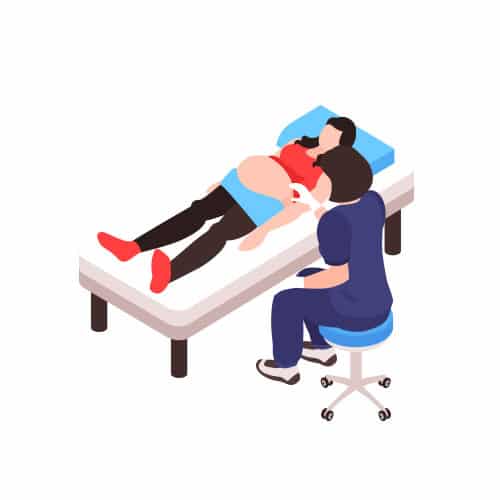
How long it lasts

Anywhere from 15 minutes to 2 hours.
What to do
Lean on your support person. This is the most intense and painful phase, but it’s also the shortest. When you feel an urge to push, tell your health care provider.
Coping Tips
✔Ask for a massage
✔Get on all fours to reduce discomfort in your lower back
✔A cool cloth on your forehead or a warm compress on your back.
✔Remove any distractions (music, compress, etc.)
✔Visualize how the contractions are helping your baby enter the world
Stage Two
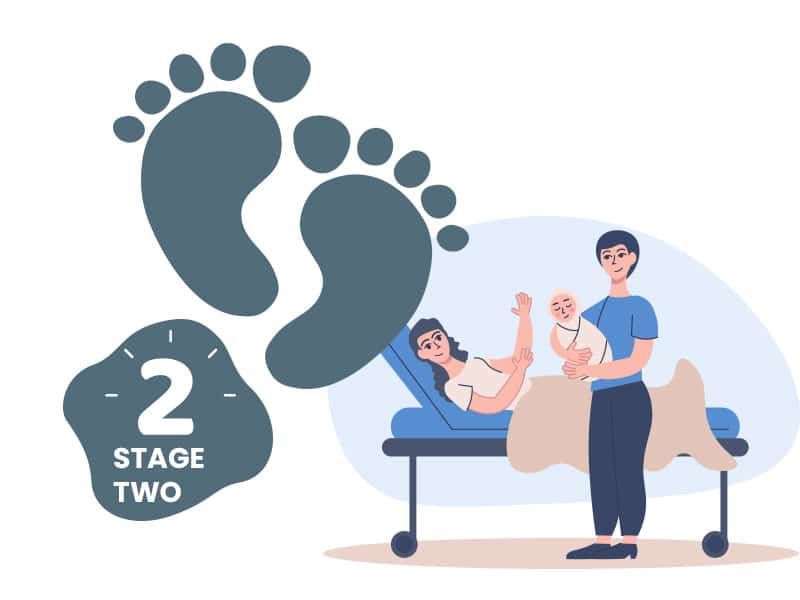
It’s time! You’ll deliver your baby during the second stage of labor.
Pushing
Pushing doesn’t usually start right away, and you may have a natural break of around 20–30 minutes.
What to expect
You may feel pressure in your rectum and an uncontrollable urge to push.
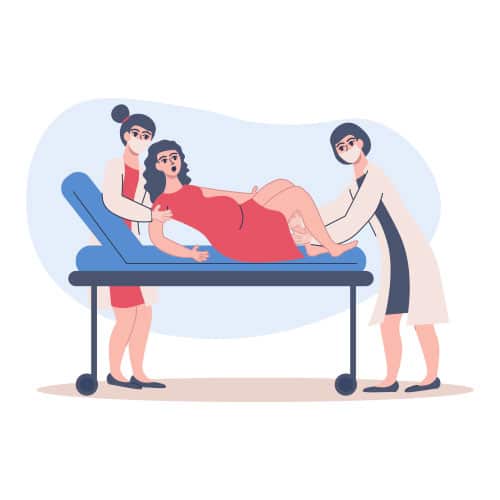
Physical Changes
Your uterus starts contracting to move your baby down the birth canal.
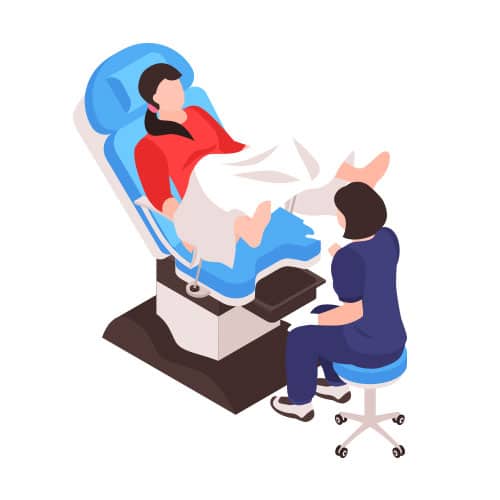
How long it lasts

How long does labor last? This stage will take close to an hour for first-time moms having a natural childbirth without an epidural. However, if you have had an epidural, labor could take several hours.
What to do
Take it slow and let your uterus do the work. Your health care provider will guide you and encourage you to push when you feel the urge.
The Birth
What to expect
The urge to push becomes stronger until your baby’s head reaches the opening of your vagina (crowning). As a result, the pressure on your perineum will feel quite intense, and you may notice a strong stinging or burning sensation.

Physical Changes
Your perineum will bulge with each push.
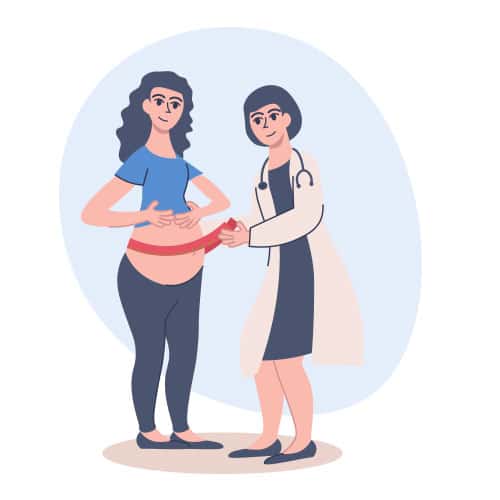
What to do
Push!
A slow, controlled delivery is best to prevent your perineum from tearing. Sometimes, gently coughing rather than pushing can result in an easier descent of the baby’s head.
Your baby will now position themselves for exit. Their head will turn to the side, and their shoulders will rotate inside your pelvis. Once your baby has entered the world, they need to be dried off with a towel and kept warm.
After giving birth, you may like your baby put on your chest or abdomen for skin-to-skin cuddling and to try breastfeeding. Finally, the umbilical cord will be cut, but don’t worry; this won’t hurt your baby.
Stage Three
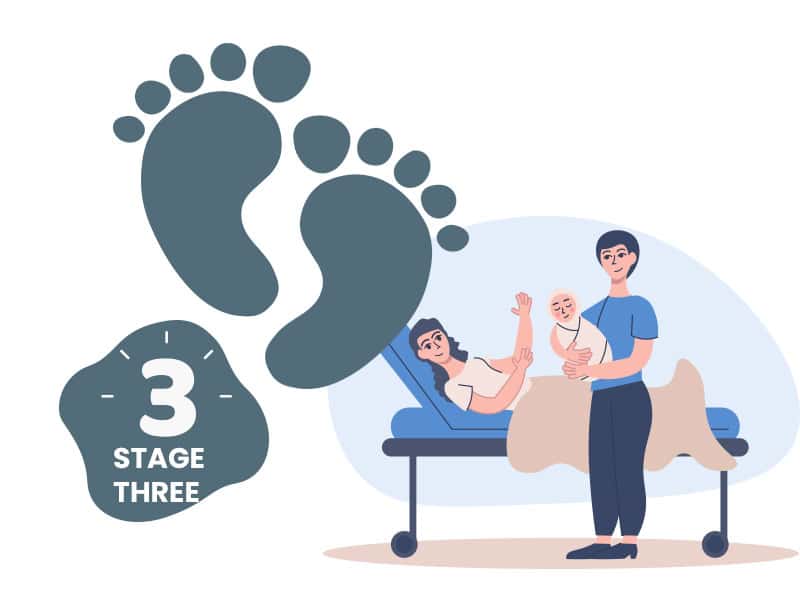
Delivery of the Placenta
During the third stage of labor, you will deliver the placenta.
What to expect
After giving birth, your uterus begins to contract again, separating the placenta from your uterine wall.
You may be given an oxytocin injection to help prevent excessive bleeding and help your uterus return to its pre-pregnancy size.
If you had an epidural, the anesthesiologist will remove the catheter from your back. The process is quick and won’t hurt.
Physical Changes
You may feel chilly, feel shaky or experience mild cramping.
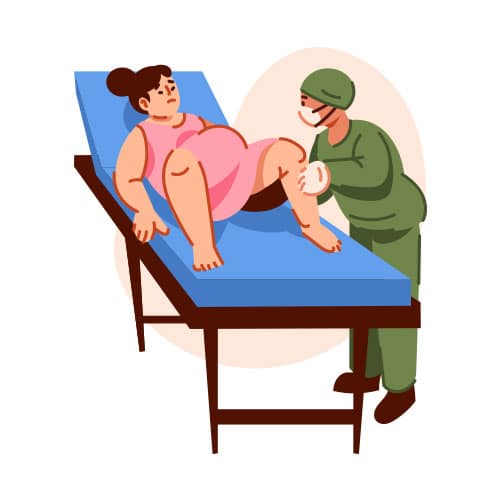
How long it lasts

Usually between 5 and 30 minutes but may last up to an hour.
What to do
Relax!
Your health care provider may ask you to push gently to expel the placenta. This isn’t painful or difficult.
Unless your baby needs special care, enjoy some quiet time to get acquainted with your new family member and revel in the miracle of birth.
